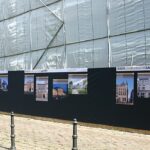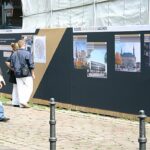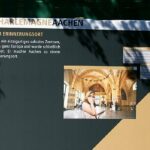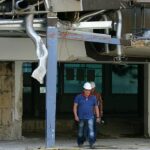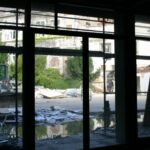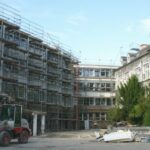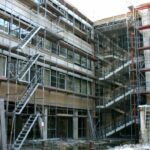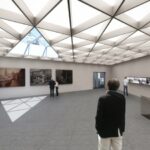Station Bath Culture
Elisenbrunnen
The thermal springs are where the township of Aachen originally started. They were the original reason for people settling here. In the framework of the Route Charlemagne, the Elisenbrunnen and the Archeological showcase in the Elisengarten complement the theme of “History”.
Elisenbrunnen: The thermal springs
There are more than 30 thermal springs in the Aachen basin producing mineral-rich water at temperatures of up to 70 degrees centigrade. In all of Europe, only Karlovy Vary (Karlsbad) in the Czech Republic has hotter springs. Archaeological finds in the Elisengarten show that the hot springs were already well-known in the Neolithic Age and were a reason for people to settle here in the basin.
Thermal bath since the Roman times
Around the birth of Christ, Romans established a township here with several thermal baths. One of these baths was situated in the area of the Hof, a small square in Aachen’s old town centre. This was also the location of Charlemagne’s palatine spa, and it is from there that the Elisenbrunnen gets its thermal waters today.
A medieval convent formed the today’s park
Quite early on, possibly already in Charlemagne’s times, there was a small church in the Elisengarten, the Chapel of St. Adelgundis. But nothing of it remains today, nor of the medieval Ursuline convent whose garden formed the nucleus of today’s park.
The Elisenbrunnen as it is today was built between 1822 and 1827 to the drafts of the architects Johann Peter Cremer and Karl Friedrich Schinkel. It consists of an open pillared hall and two lateral pavilions in neoclassical style. In the circular central section of the colonnade, two drinking fountains provide thermal water. One of the lateral pavilions houses Aachen’s Tourist Information Office.
Established in 1851 – renovated in 2009
In the framework of the Route Charlemagne project, the Elisengarten, originally established in 1851, has been completely renovated. Between August 2008 and February 2009, large-scale archaeological excavations were carried out, and their findings were published on the Internet. The large tent that covered the excavation site was open to visitors as a temporary station on the Route Charlemagne. A section of the Roman and medieval foundations discovered there is visible again under glass in the Archaeological Showcase.
More information (in German language):




